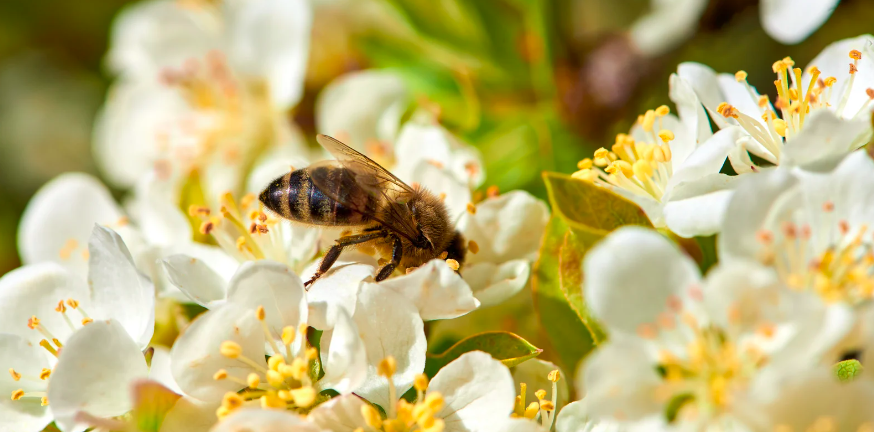Against a backdrop of increasing habitat fragmentation and the resulting environmental degradation, ecological corridors are a key solution for safeguarding biodiversity and addressing the ongoing climate emergency.
Rapid urbanization and cementification have caused not only soil sealing and a marked emission of greenhouse gases, but also a drastic loss of natural environments. This has had a devastating impact on the plant and animal species that used to live there. Displaced in increasingly limited areas, species are forced to adapt to a transformed habitat surrounded by buildings and roads that hinder their mobility and access to resources, effectively reducing interactions among them. These interactions, essential for the proper functioning of ecosystems, are the basis of biodiversity. The urban environment, although characterized by human presence, is in fact home to a variety of organisms that should not be marginalized, but integrated into the design of the city.
If the trend of population growth, particularly in metropolitan areas, is not carefully managed, it risks leading to uncontrolled urbanization and the continued loss of biodiversity. However, sustainable urban development is possible, provided that the current city model is reconsidered. By integrating large, interconnected green areas within it, it is possible to protect biodiversity and promote collective well-being. A new urban model must rethink the relationship between citizens and the environment, promoting mutualistic and interdependent relationships that stimulate the development of natural capital, the reduction of energy impact, the enhancement of green areas and more efficient mobility. In this scenario, urban agricultural production represents an additional fundamental piece. Reviewing the design of cities, therefore, becomes crucial in order not to fragment, but to protect and enhance the biological elements that share the same space. Indeed, a city that realizes ecological infrastructure not only facilitates biological life but also enhances its evolutionary and vital capacities. In this context, nature must become an integral part of architecture, with the use of materials and forms compatible with natural ecosystems.
Ecological corridors are one of the most effective tools for making cities more sustainable. These linear, continuous landscape structures connect natural areas, forming an ecological network that enables species mobility and gene exchange, which is essential for biodiversity conservation. Ecological corridors are also of particular importance for the maintenance of pollinating insects, whose decline is a growing problem. Bees, in particular, are excellent bioindicators for monitoring environmental quality and assessing the effectiveness of conservation policies. Through the materials they collect and products such as honey, bees can provide accurate information about the health of the urban environment, while also monitoring any alterations, such as air pollution and plant availability. Since the 1980s, research on bee behavior has made it possible to map botanical species in cities and assess pollution levels. Therefore, promoting the presence of bees and other pollinators in urban areas not only improves biodiversity, but also helps improve the quality of life in cities.
Appropriate urban design can play a crucial role in protecting pollinating insects, especially when surrounding agricultural areas are dominated by monocultures and pesticides. Including plants that benefit bees and other pollinators in urban design, expanding and connecting green areas through ecological corridors, would create a dynamic coexistence between humans and nature, helping to build spaces of public and environmental well-being* These spaces would not only have ecological value, but also social and community value.
In conclusion, a paradigm shift in the way we conceive of the city is urgently needed. Ecological corridors must be an integral part of this transformation, as they are a concrete and necessary response to protect biodiversity and improve environmental sustainability in urban areas.

